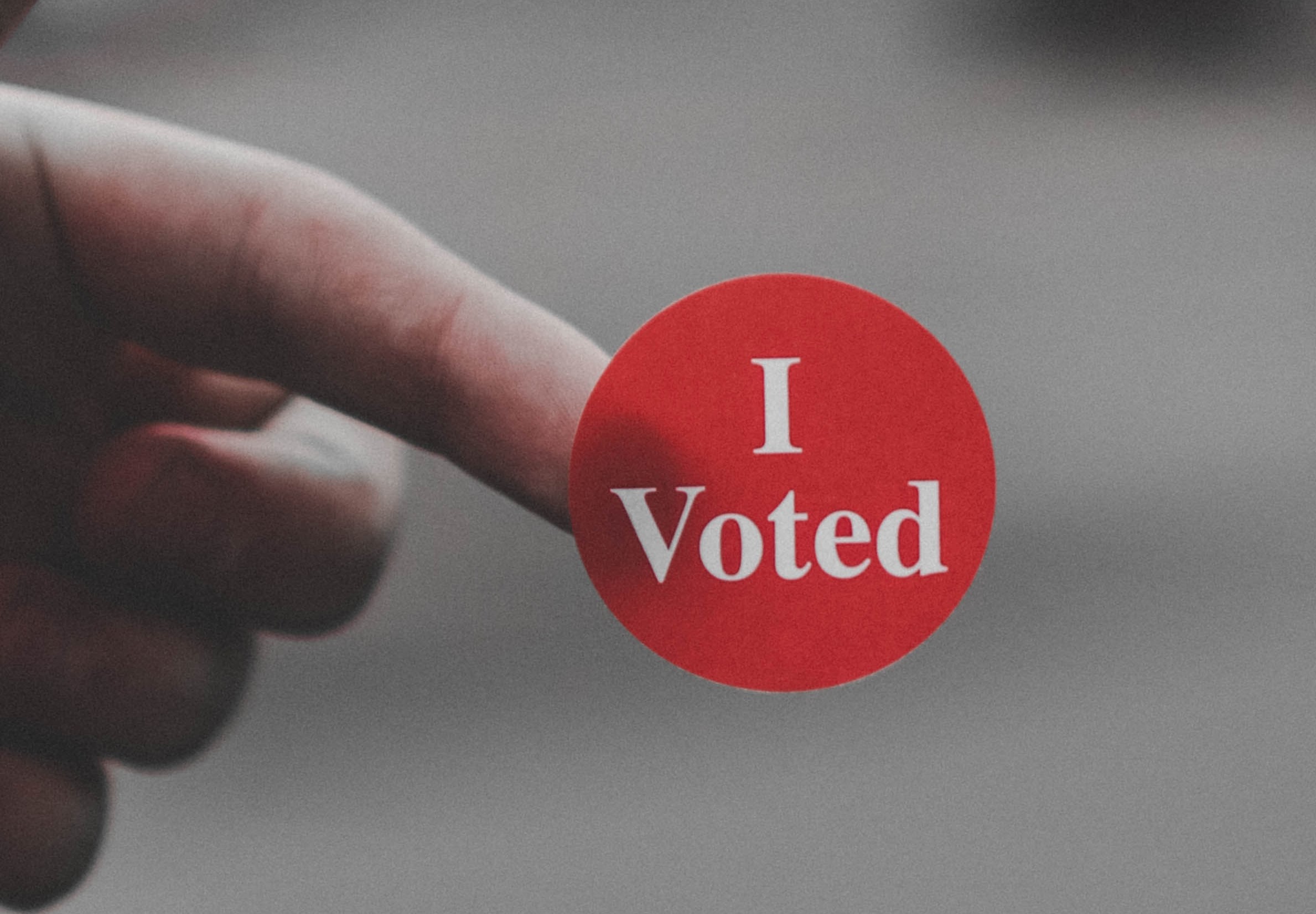Find information about voting dates, polling locations and hours, and voter registration options nationwide at govote.umich.edu
Key Dates (2024)
- National Voter Registration Day - Tuesday September 17
- Campus Voting Hub opens at UMMA - Tuesday September 24
- Campus Voting Hub open at the Duderstadt Gallery - Monday October 21
- Early voting in Michigan runs from October 26 to November 3
- Encourage students to be October Voters!
- Check govote.umich.edu for Voting Center locations and hours
- Election Day is November 5 (for local, state and U.S. federal elections)
How to Share Voting Information
University of Michigan students hail from all over the world. All students, 18 years or older, who are U.S. citizens are eligible to vote. They may choose whether they want to register and vote with their local address or with their permanent address in their home district (elsewhere in Michigan or in another state). Voting regulations and timelines vary from state to state. The best way to help students navigate this complicated landscape is to remind students of the opportunity to vote and to refer students to these key resources:
- Share the govote.umich.edu link for key election and voter registration dates, voter registration assistance and FAQs from UMICH Votes, U-M's central voting information resource for all students, regardless of where they hail from.
- Use Ginsberg Center's pre-designed voting information slide deck for classrooms to remind students of important registration and election dates. Based on UMICH Votes' System of Voter Messaging, these slides direct students to UMICH Votes for accurate information on polling locations, voter registration and election information. Faculty & staff can copy these sample slides into your own slide decks, Canvas sites, and announcements! Instructions are included in the deck.
Special Guidance For Instructors
- Consider Election Day (November 5) when scheduling exams or other required in-class activities.
- Explore additional democratic engagement activities depending on how much time you have available.
- Include a voting-specific syllabus statement, such as:
-
"The University of Michigan encourages eligible students to exercise their right to vote, and students of all citizenship backgrounds to actively engage in issues of public concern. When more people participate, a broader array of perspectives is represented in policies and laws that impact our country, society, and the world. Information about voter registration, polling locations and additional resources are available at govote.umich.edu."
-
Encouraging students to engage in the democratic process is a nonpartisan activity. As a state employee, you can:
- Inform students of the upcoming election
- Share resources for voter registration
- Make students aware of which positions and initiatives will be on the ballot, without endorsing a particular candidate or position
- Encourage international students to research candidates and ballot measures, and to talk with their peers who are eligible to vote
Review U-M Guidelines and FAQs re: political campaigns & ballot initiatives for additional information.
Here's one reason of many! Studies show that encouragement from faculty, staff and other students makes a significant difference in student voter registration and turnout (Bennion & Nickerson, 2016). The University of Michigan's Big Ten Voting Challenge and sustained civic engagement efforts across the curriculum continue to make an impact in student voter turnout year over year.
As one measure of your impact, The National Study of Learning, Voting and Engagement reports that U-M student midterm election turnout increased to 52.6% in 2022, up from 41% in 2018 and 14.3% in 2014!
To talk with a Ginsberg staff member on incorporating civic engagement into your courses or research, please complete the Support Request Form or contact us at [email protected].

